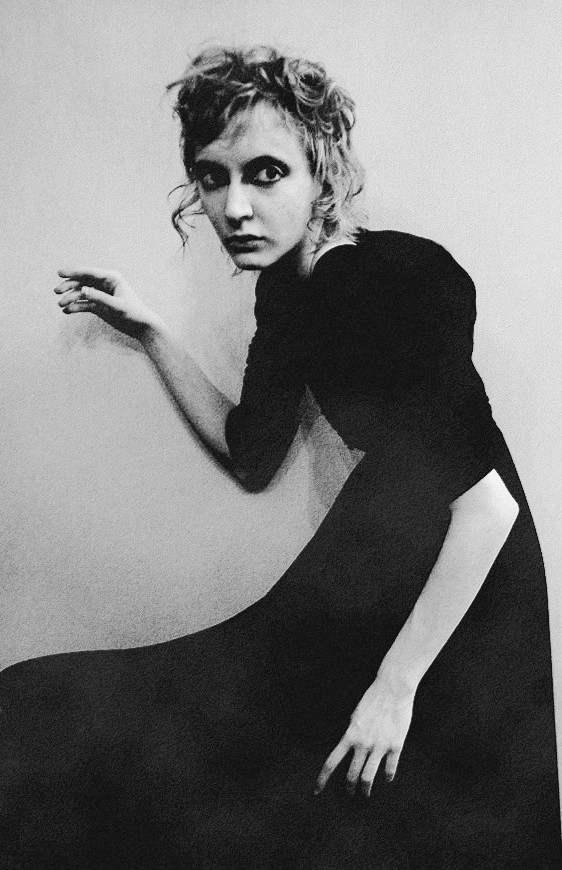Ernst
Gombrich
19 Briardale Gardens, London NW3 7PN, United
Kingdom.

"Art is long and life is short." That famous
saying was coined more than 2,000 years ago by Hippocrates, the founder
of Greek medicine, and subsequent developments have proved him right.
For the "art" to which he refers is the art of healing that has indeed
been long in growing and developing and, in the process, incidentally,
made life gradually a little less short. In his period and long after,
the notion of art denoted any skill based on knowledge; in other words,
both what we now call "science," and what we call "art." It may
not be inappropriate to recall these origins in a journal that has set
itself the aim of bridging the rift that has meanwhile come to separate
these two branches of human creativity. It is precisely those of us who
welcome this effort who sometimes feel that artists would do well to
remember the words of Hippocrates. No scientist has to be told that any
progress at which he aims must take as its starting point the present
state of knowledge. Artists sometimes appear to hope that they can start
from scratch and create a new art by one leap of the imagination. One
may admire the ingenuity, wit and courage of such attempts, and yet feel
that this new art will remain stillborn precisely because it lacks the
background and support of a tradition. I fully realize that to
some the very word tradition is like a red rag to a
bull, but to emphasize the role of tradition---in art as well as in
science---is not tantamount to a longing for the good old days. It can
be supported by purely theoretical considerations: our aesthetic no less
than our cognitive experiences are inseparable from our expectations.
Both the thrill of surprise and the satisfaction of familiarity rest on
our previous knowledge, belief and experience. Whether we read a
scientific paper, watch a game or visit an exhibition, we can never
understand what is going on without a minimum of information previously
acquired. Learning to understand is a complex process, hard to explain
in a few words, but we all have experienced its difficulties and its
pleasures. I do not want to be misunderstood. New art forms may
certainly emerge in the future as they have emerged in the past---I am
thinking of calligraphy in China or instrumental music in the West. No
doubt, also, science and technology may still contribute to such
developments, as has indeed happened with photography and the cinema,
but in all these cases it has taken time for standards to develop and
creativity to be appreciated. It was for this reason that I concluded my
book on decoration and pattern- making, which I called The
Sense of Order, as follows: The study of the
pattern-maker's craft no less than the study of any other art suggests
that what we need is patience. It takes time for a system of conventions
to crystallize till every subtle variation counts. Maybe we would be
more likely to achieve a new language of form if we were less obsessed
with novelty and change. If we overload the system we lose the support
of our sense of order [1].
This editorial was originally published in print in Leonardo Volume
28, No. 4, which is available through the MIT Press
(journals-orders@mit.edu).
tomado de
http://www.gombrich.co.uk/showdoc.php?id=60
|









